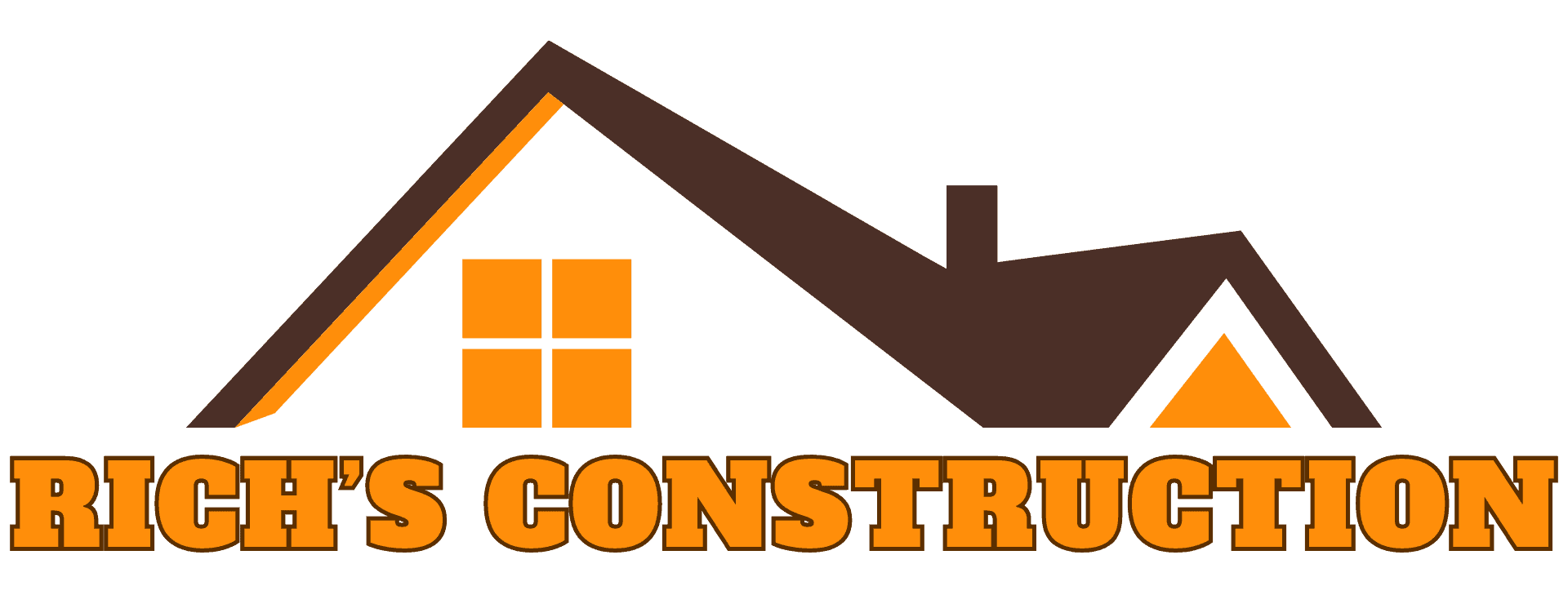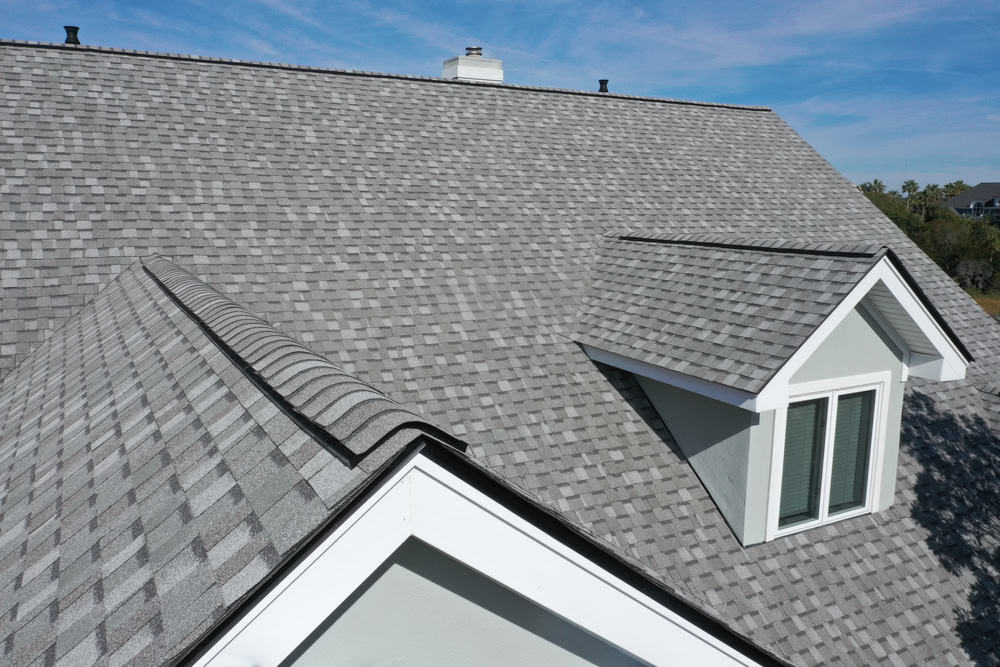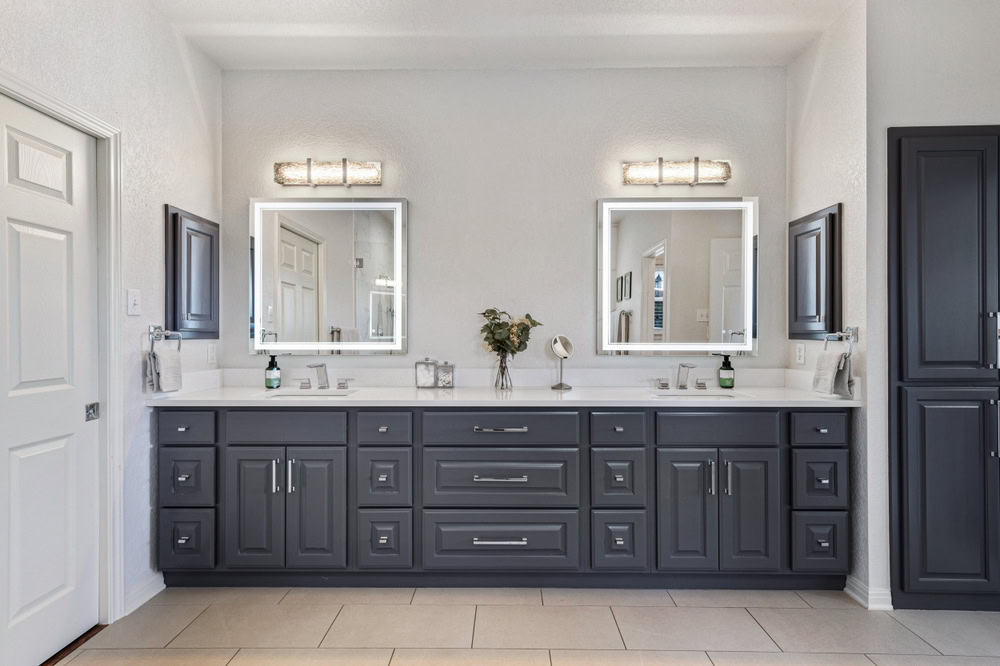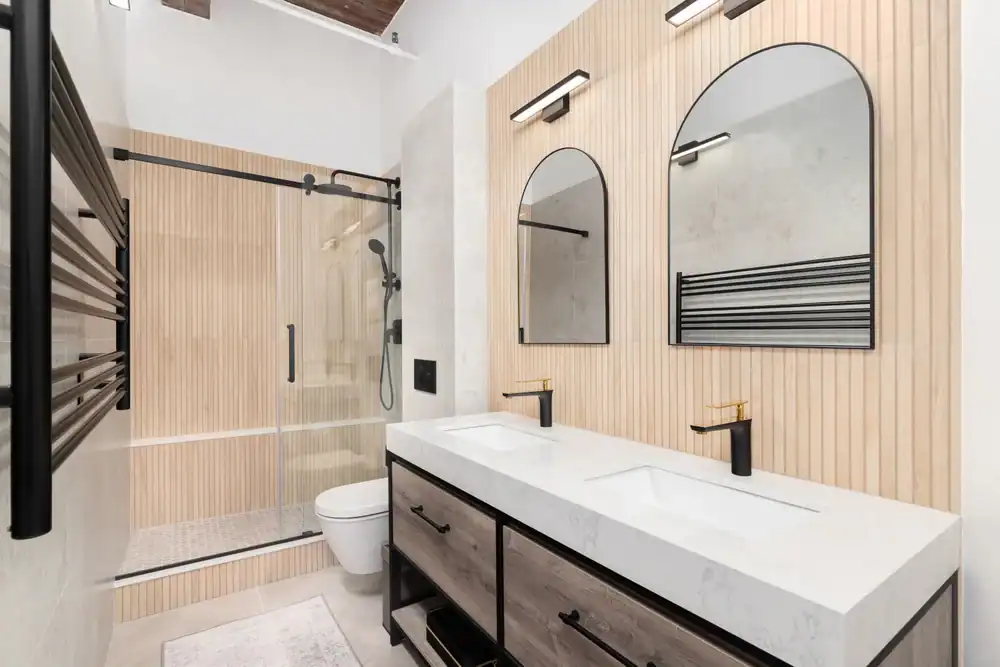Summary:
Planning Your Kitchen Remodel: Where to Start
Before you start dreaming about granite countertops or that perfect island, you need to get honest about what you actually need. Walk through your current kitchen and make a list of what drives you crazy. Is it the lack of storage? Poor lighting? Not enough counter space?
This isn’t about what looks good on Pinterest—it’s about how you actually live. Do you cook elaborate meals or just reheat leftovers? Do you entertain often or prefer quiet family dinners? Your lifestyle should drive every decision you make.
Once you’ve identified your pain points, set a realistic budget. In Suffolk County, kitchen remodels typically range from $15,000 for basic updates to $150,000 for luxury renovations. Most homeowners spend between $30,000 and $75,000 for a solid mid-range remodel that delivers real value.
Setting Your Kitchen Renovation Budget
Your budget isn’t just about what you can afford to spend—it’s about what makes financial sense for your home and situation. Start by researching what similar homes in your Suffolk County neighborhood have sold for recently. A good rule of thumb is to keep your kitchen renovation under 15% of your home’s current value.
Break your budget into categories: 30% for cabinets, 20% for labor, 15% for appliances, 15% for countertops and backsplash, 10% for flooring, and 5% for lighting and electrical. But here’s the critical part—set aside an additional 20% for unexpected costs. Every renovation uncovers surprises, from outdated wiring to plumbing issues.
Don’t forget about permits either. In Suffolk County, you’ll typically pay between $300 and $1,000 for renovation permits, depending on your project scope. Factor in temporary kitchen setup costs too. You’ll need somewhere to prepare meals for 4-8 weeks while your kitchen is out of commission.
Consider financing options early. Some homeowners use home equity loans, others prefer personal loans or contractor financing. Whatever you choose, have your financing locked in before you start shopping for contractors. This gives you negotiating power and prevents delays when you’re ready to move forward.
The biggest budget mistake? Assuming you can save money by keeping your existing layout. While this can reduce costs, sometimes spending more upfront on layout changes creates a kitchen that actually works for your family. A cramped, poorly designed kitchen isn’t a bargain if you hate using it every day.
Choosing the Right Kitchen Layout and Design
Your budget isn’t just about what you can afford to spend—it’s about what makes financial sense for your home and situation. Start by researching what similar homes in your Suffolk County neighborhood have sold for recently. A good rule of thumb is to keep your kitchen renovation under 15% of your home’s current value.
Break your budget into categories: 30% for cabinets, 20% for labor, 15% for appliances, 15% for countertops and backsplash, 10% for flooring, and 5% for lighting and electrical. But here’s the critical part—set aside an additional 20% for unexpected costs. Every renovation uncovers surprises, from outdated wiring to plumbing issues.
Don’t forget about permits either. In Suffolk County, you’ll typically pay between $300 and $1,000 for renovation permits, depending on your project scope. Factor in temporary kitchen setup costs too. You’ll need somewhere to prepare meals for 4-8 weeks while your kitchen is out of commission.
Consider financing options early. Some homeowners use home equity loans, others prefer personal loans or contractor financing. Whatever you choose, have your financing locked in before you start shopping for contractors. This gives you negotiating power and prevents delays when you’re ready to move forward.
The biggest budget mistake? Assuming you can save money by keeping your existing layout. While this can reduce costs, sometimes spending more upfront on layout changes creates a kitchen that actually works for your family. A cramped, poorly designed kitchen isn’t a bargain if you hate using it every day.
Selecting Materials and Managing Your Kitchen Renovation Timeline
Material selection can make or break your budget and timeline. Start with items that have the longest lead times—typically custom cabinets, which can take 6-12 weeks to manufacture and deliver. Appliances come next, especially if you’re choosing specific models or finishes.
Don’t get caught up in trends that might look dated in five years. Instead, choose classic materials in colors and styles you genuinely love. Quartz countertops, subway tile backsplashes, and shaker-style cabinets have staying power for good reason.
Consider maintenance requirements honestly. That gorgeous marble countertop requires more care than quartz. Hardwood floors show every crumb but age beautifully. Make choices you can live with long-term, not just what looks good in photos.
Kitchen Remodel Timeline: What to Expect
A typical kitchen remodel in Suffolk County takes 6-8 weeks once work begins, but the planning phase starts months earlier. Here’s what a realistic timeline looks like: 2-3 months for planning and design, 1-2 months for permits and material ordering, then 6-8 weeks for actual construction.
Week 1-2 of construction involves demolition and any structural work. This is messy and loud, but exciting—you’ll finally see progress. Week 3-4 covers rough plumbing, electrical, and HVAC work. Inspections happen during this phase, which can cause delays if issues are found.
Week 5-6 brings drywall, painting, and flooring installation. Your kitchen starts looking like a room again. Week 7-8 involves cabinet installation, countertop templating and installation, and appliance hookup. Final week covers backsplash, trim work, and final inspections.
Delays are normal—weather, permit issues, material back-orders, or unexpected structural problems can add weeks to your timeline. Build buffer time into your expectations. If your contractor promises 6 weeks, plan for 8-10 weeks and be pleasantly surprised if they finish early.
Communication is crucial during this phase. Establish regular check-ins with your contractor, not just when problems arise. Daily or weekly updates help you stay informed and catch potential issues before they become expensive problems. Take photos of work in progress—this helps if you need to reference how something was installed later.
Avoiding Common Kitchen Renovation Mistakes
The biggest mistakes happen during planning, not construction. Choosing appliances last is a classic error—you might find your dream refrigerator doesn’t fit in the space you’ve designed. Select major appliances first, then build your layout around their dimensions.
Underestimating storage needs leaves you with a beautiful kitchen that doesn’t function well. Think beyond dishes and cookware—where will you store small appliances, cleaning supplies, pantry items? Plan for 20% more storage than you think you need.
Skimping on lighting creates a kitchen that looks dim and uninviting. Don’t rely on a single overhead fixture. Layer your lighting with under-cabinet strips, pendant lights, and adequate task lighting for work areas.
Poor traffic flow makes daily use frustrating. Ensure appliance doors don’t block walkways when open. Allow enough space between work areas so two people can cook together comfortably. These functional details matter more than any design trend.
Trying to manage the project yourself to save money often backfires. A good general contractor coordinates subcontractors, handles permits, manages timeline, and ensures quality work. Professional expertise prevents costly mistakes and keeps your project on track. The money you spend on professional project management typically saves more than it costs.
Making Your Kitchen Remodel Dreams Reality
A successful kitchen remodel comes down to thorough planning, realistic expectations, and working with the right professionals. Your checklist should cover budget planning, design decisions, material selection, timeline expectations, and contractor vetting.
Remember that this investment improves both your daily life and your home’s value. Suffolk County’s strong real estate market means a well-executed kitchen renovation typically returns 60-80% of its cost at resale, while giving you years of enjoyment in the meantime.
The key is finding a contractor who understands your vision and has the experience to execute it properly. We’ve been helping Suffolk County homeowners create beautiful, functional kitchens for over 36 years, with the expertise and BBB A+ rating that gives you confidence in your investment.




